PART 2
___________
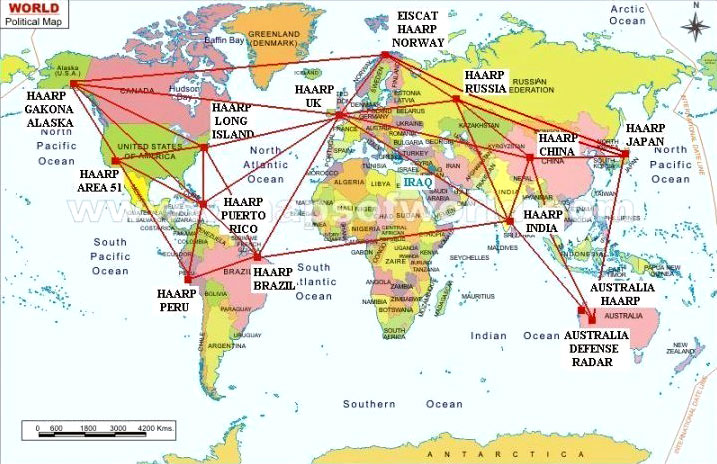 June 05, 2008 from Current Website Jicamarca (below image), Peru is home to one of the many worldwide locations of H.A.A.R.P. HAARP is a U.S. Military Geophysical weapon (under the guise of an “environmental research” tool). A magnitude 8.0 Earthquake struck central Peru, August 15, 2007. from YouTube Website “Environmental warfare is defined as the intentional modification or manipulation of the natural ecology, such as climate and weather, earth systems such as the ionosphere, magnetosphere, tectonic plate system, and/or the triggering of seismic events (earthquakes) to cause intentional physical, economic, and psycho-social, and physical destruction to an intended target geophysical or population location, as part of strategic or tactical war.” A weapon of the US military which consists of weather modification, mind control, and missile defense, all made possible through the High Frequency Active Auroral Research Program(HAARP). Jicarmaca – Peru January 25, 2010 from ChemtrailDyndns Website Introduction The Jicamarca Radio Observatory is the equatorial anchor of the Western Hemisphere chain of incoherent scatter radar (ISR) observatories extending from Lima, Perú, to Søndre Strømfjord, Greenland. It is part of the Geophysical Institute of Peru (Instituto Geofísico del Perú, or IGP) and receives the majority of its financial support from the National Science Foundation of the U.S. through a Cooperative Agreement with Cornell University. The Observatory is the premier scientific facility in the world for studying the equatorial ionosphere. It has a 2-MW transmitter and a main antenna with 18,432 dipoles covering an area of nearly 85,000 square meters. Location The Observatory is about a half-hour drive inland (east) from Lima, Peru at a geographic latitude of 11.95° South and a longitude of 76.87° West. The altitude of the Observatory is about 500 m ASL. It is about 10 km from the Carretera Central, the main highway east in Peru. The magnetic dip angle is about 1°, and varies slightly with altitude and year. The radar can be pointed perpendicular to B throughout the ionosphere. (For critical applications, the dip angle can be determined extremely accurately with the radar.) History The Jicamarca Radio Observatory was built in 1960-61 by the Central Radio Propagation Laboratory (CRPL) of the National Bureau of Standards (NBS). This lab later became part of the Environmental Science Service Administration (ESSA) and then the National Oceanic and Atmospheric Administration (NOAA). The first incoherent scatter measurements at Jicamarca were made in late 1961. In 1969 ESSA turned the Observatory over to the Instituto Geofísico del Perú (IGP), which had been cooperating with CRPL since at least the IGY in 1957-58, and probably before, and had been intimately involved with all aspects of the construction and operation of Jicamarca. ESSA and then NOAA continued to provide some support for the operations for several years after 1969, but then phased out their financial involvement. The National Science Foundation then began partially supporting the operation of Jicamarca, first through NOAA, and since 1979 through Cornell University via a Cooperative Agreement. Closely coupled to the Observatory operations is a private, nonprofit Peruvian corporation called Ciencia Internacional (CI). This corporation hires most of the Observatory staff members and provides their services to the IGP to run the Observatory. Radar Facilities The 49.92 MHz incoherent scatter radar is the principal facility of the Observatory. The radar antenna consists of a large square array of 18,432 half-wave dipoles arranged into 64 separate modules of 12 x 12 crossed half-wave dipoles. Each linear polarization of each module can be separately phased (by hand, changing cable lengths), and the modules can be fed separately or connected in almost any desired fashion. There is great flexibility, but changes cannot be made rapidly. The individual modules have a beam width of about 7°, and the array can be steered within this region by proper phasing. The one way half power beam width of the full array is about 1.1°; the two way (radar) half power beam width is about 0.8°. The frequency bandwidth is about 1 MHz. The isolation between the linear polarizations is very good, at least 50 dB, which is important for certain measurements. Since the array is on the ground and the Observatory is the only sign of man in a desert region completely surrounded by mountains, there is no RF interference. The original transmitter consisted of four completely independent modules which could be operated together or separately. Two of those modules have been converted to a new design using modern tubes and each of these new modules can deliver a peak power of ~1.5 MW, with a maximum duty cycle of 6%, and pulses as short as 0.8-1.0µs. Pulses as long as 2 ms show little power droop; considerably longer pulses are probably possible. The other two modules are currently unavailable until their conversion is complete. The third is actually more than 95% complete; the fourth is well advanced. The drivers of the main transmitter can also be used as transmitters for applications requiring only 50-100 KW of peak power. An additional antenna module with 12 x 12 crossed dipoles was built in 1996. It is located 204 m to the west of the west corner of the main antenna and increases the lengths of the available interferometer base line to 564 m. There are 3 additional 50 MHz “mattress” array antennas steerable to +/-70° zenith angles in the E-W direction only. Each consists of 4 x 2 half-wave dipoles mounted a quarter wavelength above a ground screen. Two of these arrays can handle high powers. There is also a single fat dipole mounted a quarter wavelength above ground that can handle at least a megawatt. There is a lot of land around the Observatory for additional antennas for special experiments. Arrays of a kilometer or more in length could be set up (in certain directions). There are four phase-coherent (common oscillators) receivers for the radars. These mix the signal to baseband (with two quadrature outputs each), with maximum output bandwidths of about 1 MHz. Filters are available with nominal impulse response time constants ranging from 1 to 500µs. As many as eight data channels (four complex pairs) can be sampled simultaneously with 125 m (0.83µs) resolution and fed to a large FIFO buffer/coherent integrator, and from there to one of the computers. We are in the process of designing new receivers; we plan to have at least eight, with more precise digital filtering at the output. The computing hardware at JRO is constantly evolving. For many years the main data-taking computer has been a Harris H800 with various tape drives, including two Exabyte 2.2 GByte 8 mm cassette tape drives (maximum writing speed of 256 KBytes/s). But now there is also a Harris Nighthawk computer (UNIX operating system) with an 80-MFLOPS array processor and various workstations and PCs, all networked together. Data acquisition can be hosted by any one of a number of these machines with real-time processing and display capabilities. The JULIA radar shares the main antenna of the Jicamarca Radio Observatory. JULIA (which stands for Jicamarca Unattended Long-term investigations of the Ionosphere and Atmosphere) has an independent PC-based data acquisition system and makes use of some of the exciter stages of the Jicamarca radar along with the main antenna array. Since this system does not use the main high-power transmitters (which are expensive and labor intensive to operate and maintain), it can run unsupervised for long periods of time. With a pair of 30-kW peak power pulsed transmitters driving a 290 m by 290 m modular antenna array, JULIA is a formidable MST/coherent scatter radar. It is uniquely suited for studying the day-to-day and long-term variability of equatorial plasma irregularities and neutral atmospheric waves, which until now have only been investigated episodicly or in campaign mode.
Additional Observatories and Facilities in Peru Measurement Capabilities Scientific ProgramsJicamarca participates in all the IS World Day runs, thereby supporting assorted CEDAR initiatives such as GISMOS, LTCS, SUNDIAL, CADRE, and MISETA. Some of these are described in more detail below: Facilities For Visiting Scientists Many visitors to JRO stay at the El Pueblo resort hotel (two big pools, two clay tennis courts, golf course), which is very nice and relatively inexpensive by U.S. standards. It is outside of Lima, only a short 10-km drive from the Observatory. There are also many nice hotels in Lima in assorted price ranges. The food at the Pueblo is good, but in Lima it is superb at most restaurants. On the other hand, staying in Lima means fighting the rush hour traffic every day. The terrorist threat (the Sendero Luminoso) in Peru is essentially gone now. Lima is probably a lot safer than Miami or New York, or assorted other U.S. cities. Scheduling and CostsScheduling experiments at Jicamarca is still handled in an informal way. Anyone wishing to observe at Jicamarca should get in touch with Donald Farley at Cornell and/or Ronald Woodman at JRO. Remember to avoid the IS World Day periods (see the International Geophysical Calendar). Periods around July 28 (Peruvian Independence Day, a big holiday period), Easter, and Christmas are also times when key personnel may be absent. The staff normally works four 10-hour days per week (Monday-Thursday), partly so that they can hold other jobs. If you plan to run at night or during Friday-Sunday, you should be prepared to pay overtime charges to the staff members involved. These charges might add up to $30-50/hour, depending upon the number of people involved. The staff members are generally very happy to work overtime, because the payments represent a substantial boost to their income. If your research is sponsored by the National Science Foundation, there is no charge for observing time, other than for possible overtime, as just discussed. For those with other funding, there is a charge of approximately $8000 per day of observing, for isolated experiments. For longer, on-going programs not supported by the NSF, special arrangements for Observatory support should be made. (http://jicamarca.ece.cornell.edu/) HAARP Like Facility – São Luiz Space Observatory from TheLivingMoon Website Coherent Back-Scatter Radar 50 MHz (RESCO) Cruzeiro Santa Bárbara, Sao Luis-MA, Brasil The Coherent Back-Scatter Radar of 50 MHz (RESCO) was installed at the Space Observatory of São Luís/INPE, whose operation begun in August of 1998, is capable to accomplish measures of dynamics of the plasma of the electrojet and of bubbles equatorial ionospheric.-2° 35′ 40.47″, -44° 12′ 35.90″ Image courtesy São Luiz Space Observatory This radar was projected to map the turbulence and the electromagnetic drift of the irregularities of short length scale (3 meters) in a height range that extends from ~90 km to ~1000 km of the equatorial ionosphere. Such plasma irregularities have big influence in the propagation trans-ionosphere of waves in a great frequency range, VHF to UHF, and, therefore, it influence all of the activities of space communications of the Brazilian tropical area. The formation, the development and the space distribution of these irregularities are highly sensitive to the space climatic change (in other words, “Space Weather”) besides the convection processes and of the storms of the troposphere. This radar resulted of the development and construction begun in INPE there are several years. It transmits signs pulse of high potency through an network antenna with 768 dipoles which allow to concentrate all the energy transmitted in only narrow beam radiation. The same antenna also captures the echo signs spread by the irregularities ionosphere. The transmitted maximum power (120 kW) it is reached through the use of a modular system of 8 transmitters in phase to maximize the transmitted energy. The operational control of the radar is made by a computer, which also accomplishes the acquisition, the treatment and processing ‘on line’ of the received data of the ionosphere. The data recorded are available also for the processing and analyze subsequent. This radar was already operated in several campaigns since 1998 and now it is collecting in a routine way data of the dynamics of the equatorial electrojet. This radar, with the FCI radar of 30 MHz together offers great opportunities to the researchers of studying the peculiar phenomenon of the equatorial area. These, beside the radars of, …are some of the few radars of this type that exist in the world around of the magnetic equator. Due to the peculiar configuration of the geomagnetic field, the Brazilian equatorial area have characteristics very different from the other areas. It was for this reason that NASA of the USA, in collaboration of INPE, accomplished in Alcântara in 1994 the campaign GUARÁ when 26 rockets were thrown (in the period of September-October) to study the equatorial electrojet and the bubbles ionosphere. In this campaign were used another radar similar to the radar RESCO (which was brought of the USA), Digissonde (which provided the diagnoses of the ionosphere) and of the magnetometers operated by INPE in the Space Observatory of São Luís. The radar RESCO, that is now in a phase of technological improvement, offers great potential to promote researches of the environment of the Brazilian equatorial area. Information
|
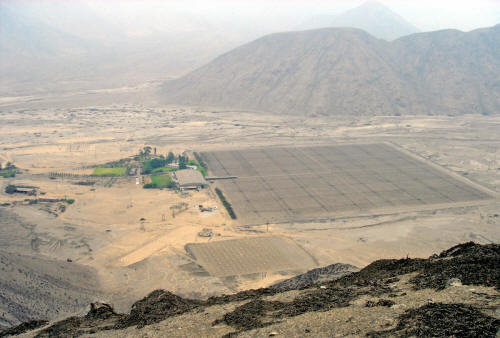
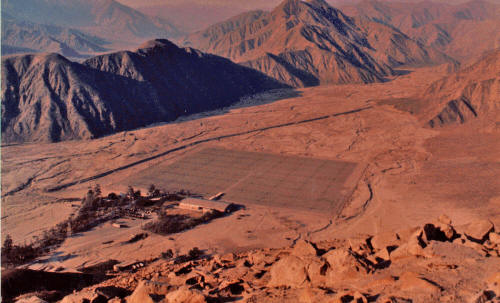
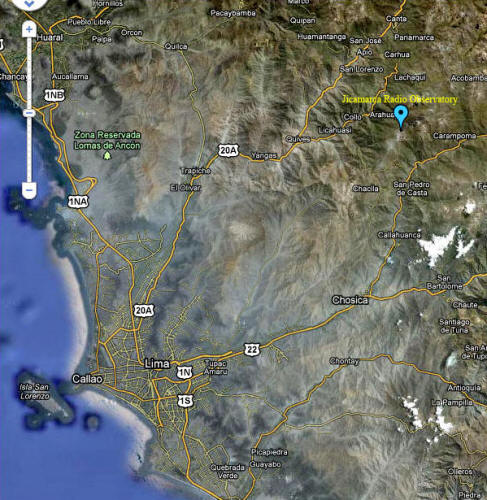

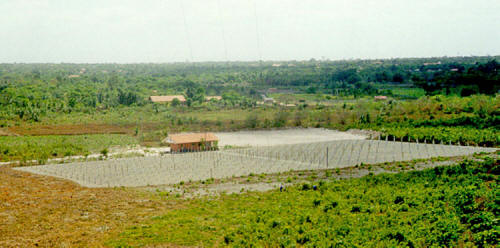
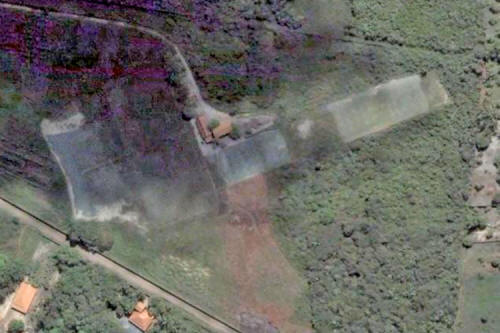
No comments:
Post a Comment